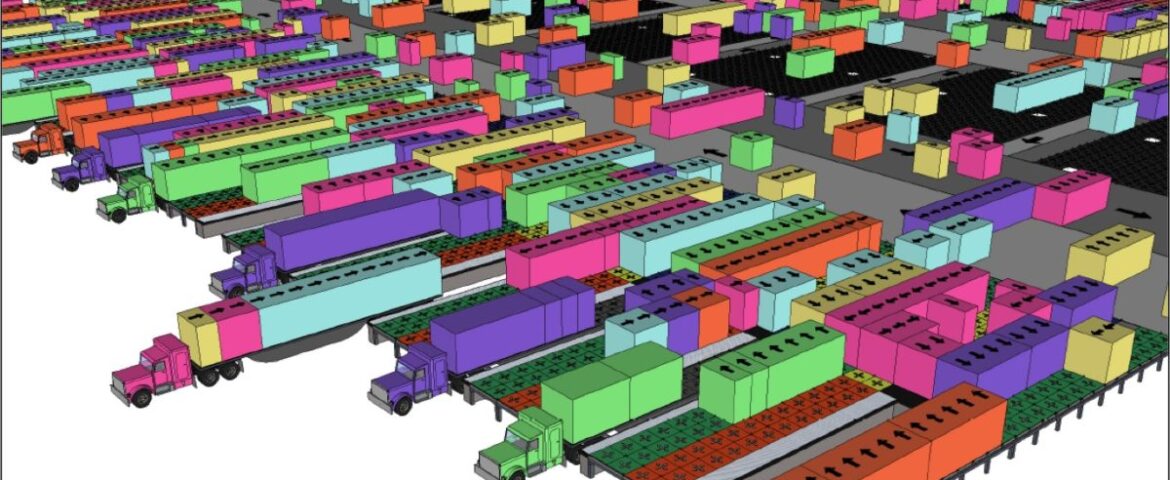By Peter de Langen
The term ‘physical internet’ has emerged in recent years as a metaphor for the future of freight transport. While the metaphor possibly obscures more than it enlightens, it nevertheless makes sense to explore the implications for ocean shipping.
The physical internet analogy sees the transportation of physical goods organised in the same way as that of the ‘transport’ of information across the internet. When we send an email, the message is broken up in various parts, each of which is sent via a different route from sender to receiver, where they are automatically re-assembled.
The core idea is that with open networks, standard packages and automated breaking up and re-assembling, the efficiency of the flow of physical goods can be increased substantially. Given the fact that we already have standard containers and pallets (even though these standards are not fully aligned), the physical internet switch is more an ongoing evolution than a radical disruption.
However, there is a case for increased development of open networks and standardisation of transport units. The current process with different types of pallets as well as paper/wooden boxes that are often only used once could be improved with more standardisation of boxes that could be easily combined into a full maritime container.
Through alliances and exchange of slots, shipping lines are getting closer to the idea of an open shipping network. Booking portals already aspire to offer all available shipping options, regardless of who is the carrier.
Such developments may have a limited impact on the ‘full container load’ market segment, where importers and exporters have sufficient cargo to fill an entire container and can easily select the best service provider.
However, for the ‘less-than-containerload’ segment, a segment that has increased rapidly through the growth of e-commerce, such a system may be an important next step. Where containerisation enabled exports of relatively small scale producers (think of banana growers that with containerisation no longer need to combine cargoes with others to fill an entire ship), the ‘physical internet’ may further reduce the scale required for cost competitive shipments, to essentially the size of a box.
Without claiming to have a crystal ball, that move may have a significant impact on how trade is conducted. In this context, the partnership between Maersk and Alibaba should be seen as another step towards the ‘physical internet’ model of freight transport.
First published @Port Strategy













